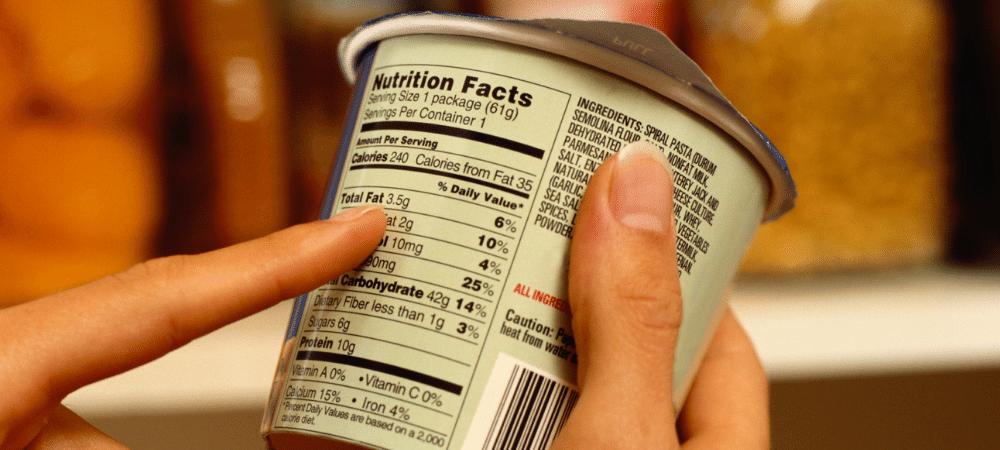Food labels are a fundamental element that offers invaluable information to the consumer about the characteristics, ingredients and the state of the food or product.

It is usual that when we go to the supermarket we go with our shopping list, and also we do it at a ready shot, especially when we already have in our mind what products or foods to buy precisely because we have already tried them and we like them.
This means that, as a general rule, very few people pay attention to food labels, which become a very valuable element by providing us with very useful information about the food product that we are going to buy, and therefore subsequently consume.
What are food labels for?
Food labels provide consumers with extremely useful information to know the main characteristics of the products that you are going to consume, and also offer us an approximate idea about the quality of the food in question.
It is a commitment of the manufacturer to the consumer, by means of which he informs us that a certain article or product meets the conditions and characteristics required by the regulations.
For this, the labeling of the product or food must be clear, concise and must not mislead the consumer at all. In addition, as it has recently been regulated, they should not indicate properties and benefits if these have not been verified and scientifically proven, and therefore endorsed by the European Commission.
What information do we find on a food label?
We must differentiate between the labels that we can find on a packaged food and one that is not packaged:
Information found on the label of a packaged food:
- Product name: as the product is called in Spain.
- Ingredients list: in descending order of their weight at the time they are incorporated during the production process. It is not necessary when we are faced with a single ingredient.
- Lot to which the product belongs.
- Packing date.
- Expiration or preferential consumption.
- Quality: when required by the specific regulations of the aforementioned product. For example, in the case of fruits or vegetables, their origin, variety, commercial category and size must be indicated.
- Special storage conditions: when the product requires special conservation when it is at home (for example, keep in a cool and dry place or keep at -15ºC…).
- Weight: net quantity, expressed by volume for liquids and by weight for solid foods.
- Company identification: company name, business name or name of the manufacturer, seller or packer.
- Nutritional label: useful to know what nutrients – and in what quantity – the product contains.
Information we find on the label of an unpackaged food:
- Denomination.
- Physical state, quality category and variety.
- Origin.
- If applicable, list of ingredients.
- Net amount.
- Expiration date (or minimum duration).
- Identification of the company.
- Special storage conditions.































